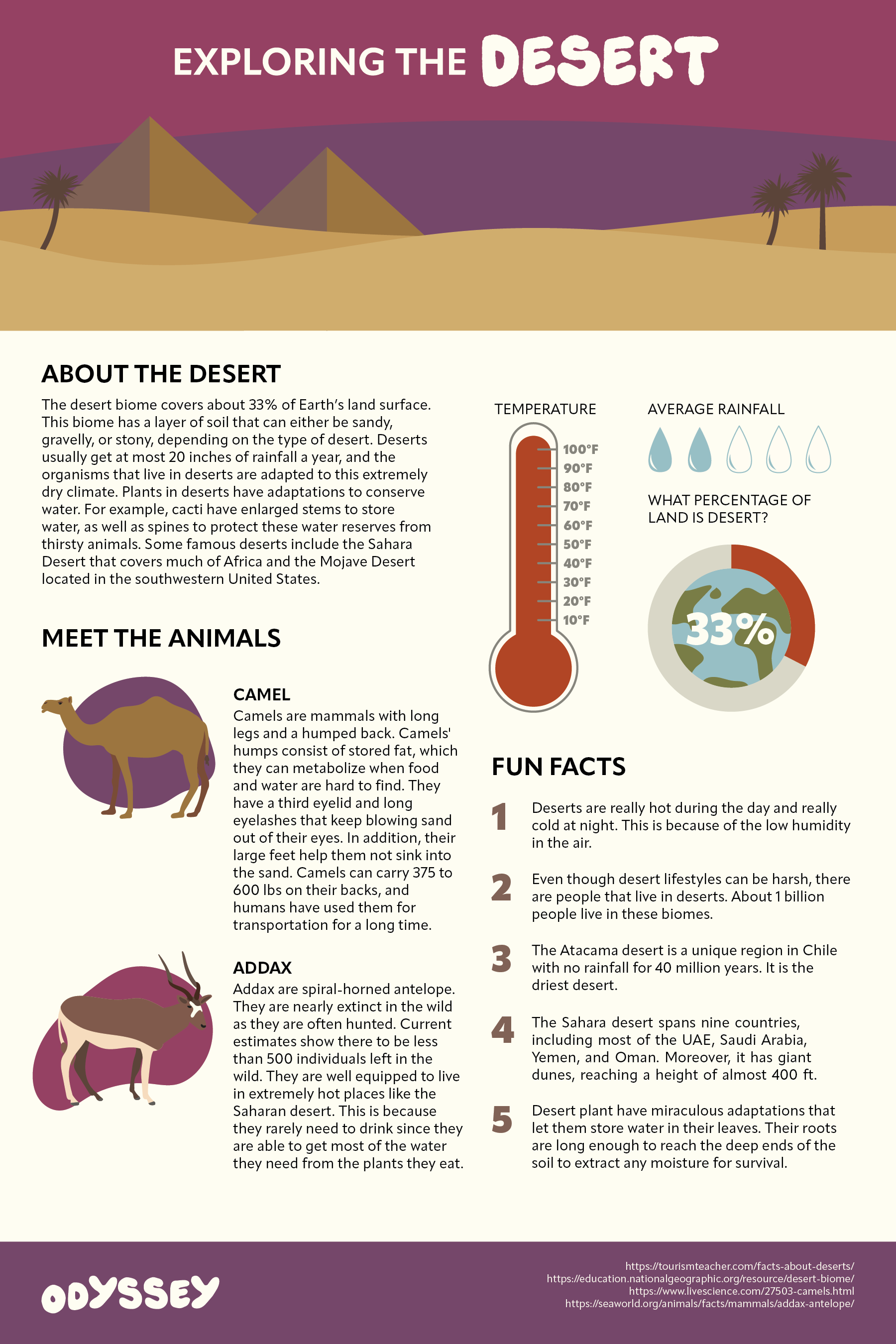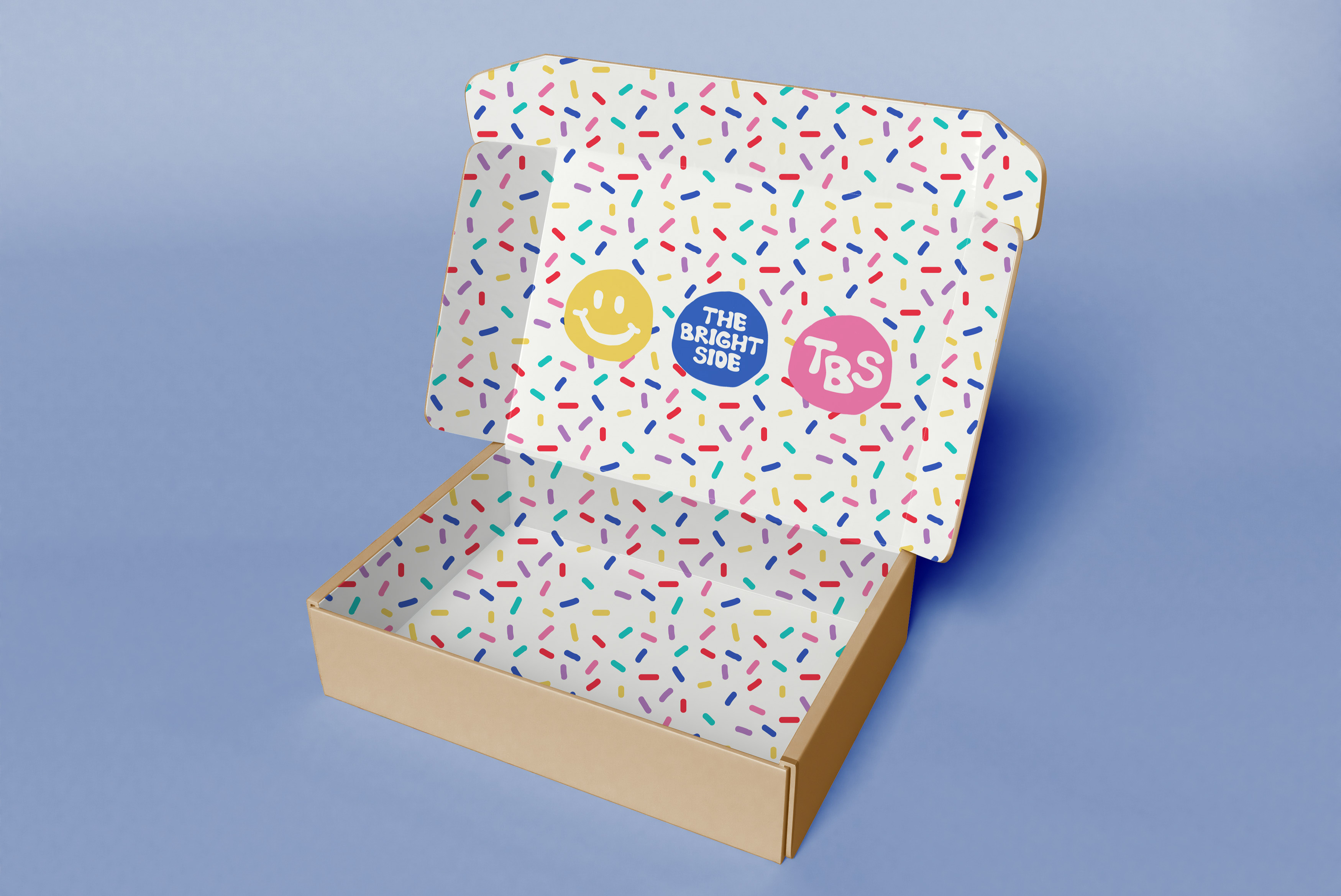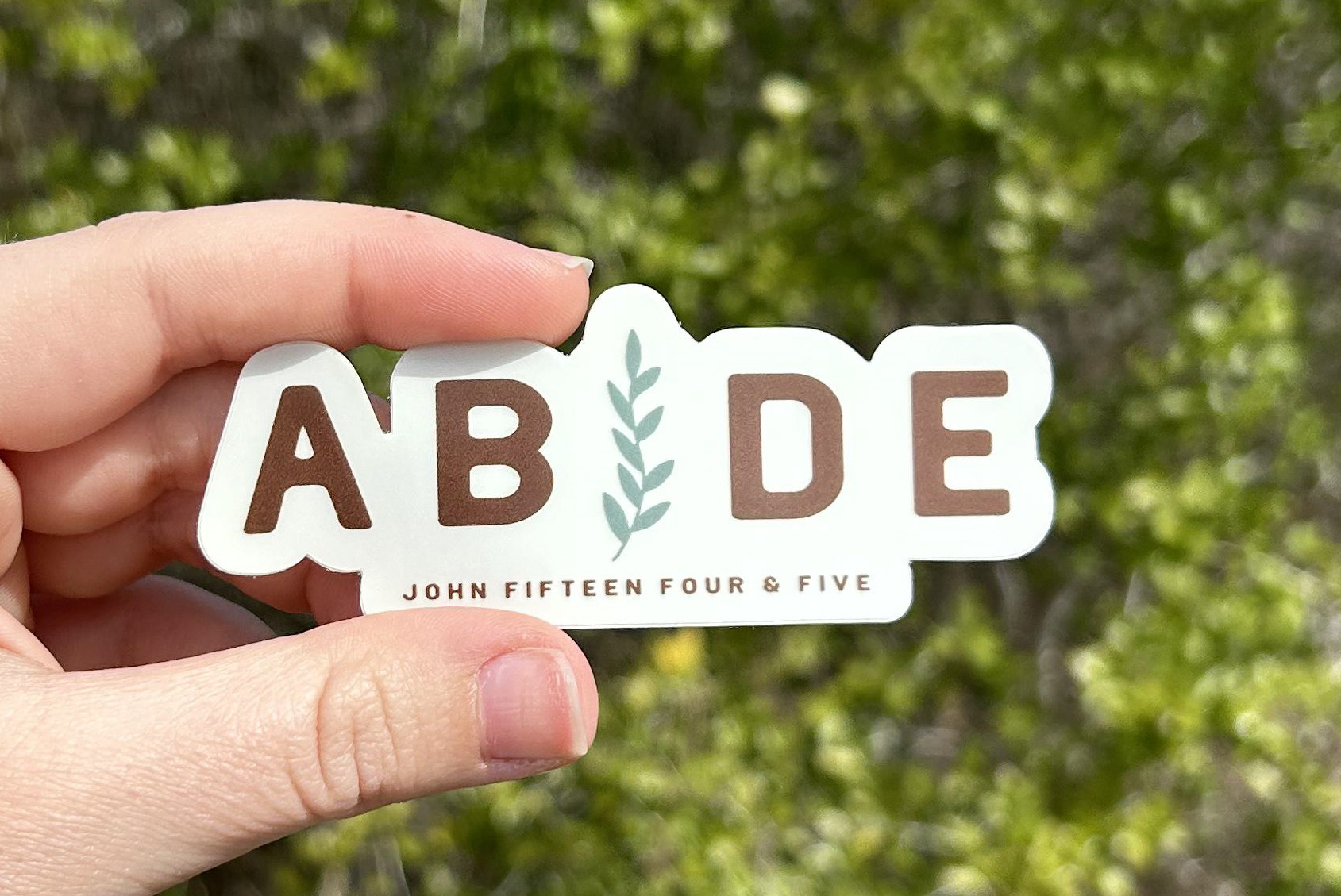Odyssey was a semester-long project I worked on alongside Callie Hanna, Emily Sawyer, and Avery Burns. Our goal was to create an interactive exhibit for kids. I served as project manager on the team and had the opportunity to design posters, illustrate scenes, conduct market research and interviews, photograph and video, create the promo video, and assist with TouchDesigner. It was a joy to create this project and an honor to have the exhibit open to the public at the Children's Museum of the Brazos Valley.
Promo Video for Odyssey
Project Overview
In our highly digitalized world, children are spending 35% less time outside than their parents did while using screens 3-7.5 hours daily. Overuse of screen time has been shown to be harmful to children’s physical and mental health.
When technology is used to encourage interaction rather than passive engagement, it can impact children positively. Odyssey’s goal is to utilize technology in an unconventional way in order to connect with the current generation of children, encouraging them to explore nature in a new way.
Odyssey blends the wonders of nature and technology to engage young minds in an immersive experience of exploring the earth’s five major biomes and the common animals and plant life that can be found there. Through the use of the interactive screen, informational posters, and ambient nature audio, the exhibit applies kinesthetic, visual, and auditory learning styles to teach children about each biome and connect them to nature.
Mission Statement
By bringing the awe of nature to kids through immersive technology, we hope to activate their imagination, ignite their interest in exploring our physical world, and foster a deep appreciation and understanding of our environment.
Children interact with the exhibit at the Children's Museum of the Brazos Valley.
Project Overview Poster
Exhibit Set-Up
Posters
We wanted children to not only be able to explore and interact with different biomes but also learn more about them and the animals that live there. To introduce an educational component to the project, I researched each of the biomes we illustrated. This research included the weather, land coverage, general overview, and information about the animals found in the biomes. Using my research, I created infographic posters including elements of our environments. Combining visuals and text allows a wider range of kids to learn from these posters. Younger children who might not be at a higher reading level can still identify with the graphics while older kids can read more of the content. We placed the posters under the screen for the kids to be able to easily identify which biome they were in while using the exhibit.





Biome Illustrations
Each biome was created in Illustrator by different team members. We had a style guide and a set color palette to make sure our style was consistent across all five scenes. The scenes below are my illustrations.



How It Works
We wanted the kids to be able to explore multiple different environments. The screen displayed one of the five biomes at a time, but to change the scene, the kids could spin the globe which was attached to a table.
Each scene also had an element that was floating or falling on the screen. For example, the forest biome had leaves falling while the desert environment had sand particles blowing around. These particles were motion-reactive. As kids moved in front of the screen, the camera tracked their movements and moved the leaves or other elements.
This exhibit was built using TocuhDesigner and Arduino.
The Globe
We wanted to include a physical component to our exhibit. To do so, we needed to find a way to design a physical object that would not be easily damaged by kids as well as function with our TouchDesigner file. A globe made sense because our exhibit was allowing kids to travel the world. We painted a sphere and connected it to a screw so it could spin. This screw was attached to a potentiometer connected to an Arduino board. Arduino then sent to code to the connected computer running the TouchDesigner file.
Research Summary
In our research, we reached out to 35 Children’s Museums across the U.S. to learn more about their exhibits, visitors, and audiences. We also sent surveys to parents, teachers, and adults to learn about their familiarity with Interactive Learning and how their children/students responded to it. Our biggest challenge was gathering responses from children, even though they are our main target audience. We found it difficult to reach children and obtain permits to conduct surveys with them. We were able to get a few surveys from children at the local library. Additionally, we learned more about them through our other surveys, interviews, and additional research.
Our research influenced our target audience age range and helped us solidify the way our exhibit will function. We are now targeting younger kids and using more motion reactive technology and interactive projections as well as a physical component. We also learned that technology is not used in many children’s museums due to funding, budgets and maintenance.
To learn more about our project, team, or research, visit our project website.









